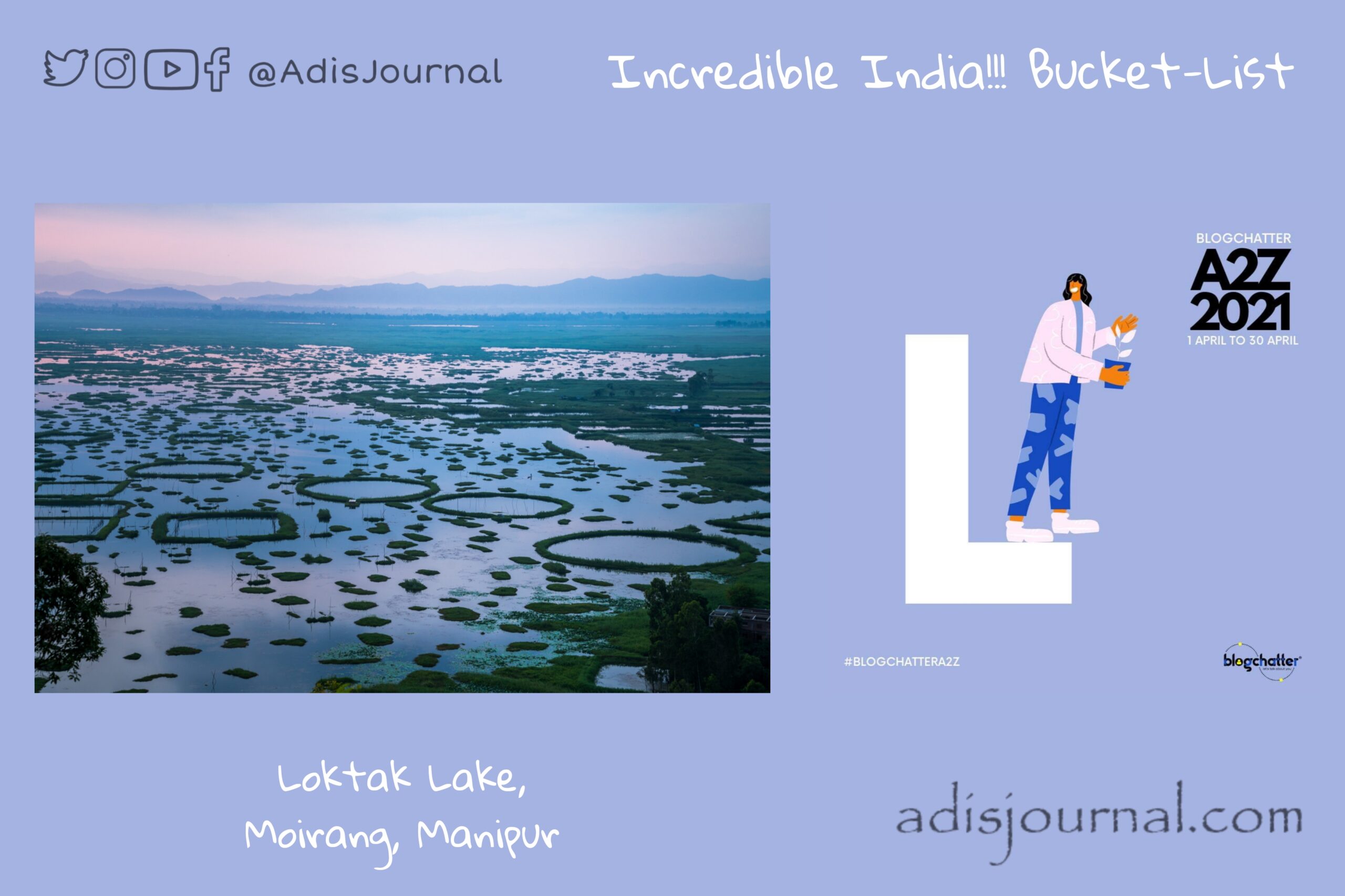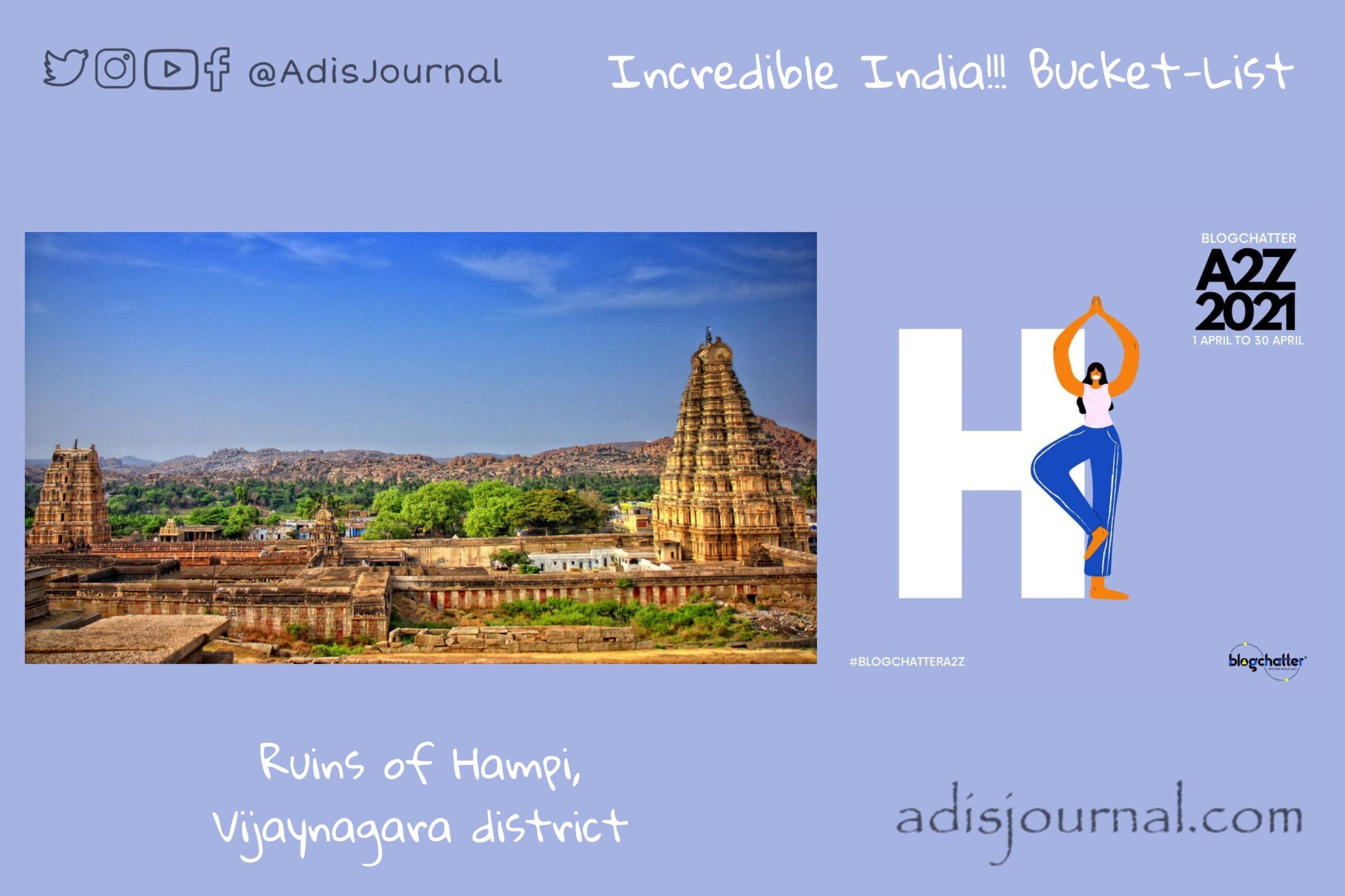
Today, we are visiting a very gorgeous place in one of our North Eastern states, Manipur. No, we are not visiting another jungle. Neither we are climbing a hill or a mountain even though Manipur is blessed with all of these fascinating natural beauties. From a wide variety of geography of India, I present to you Loktak Lake – the largest freshwater lake of North-Eastern India.
Specialities of Loktak
Loktak, which literally means ‘end of streams’ derives its name as it’s end of many streams and rivers from a huge catchment of 980 sq. km. Lake itself is spread over an area of 236.21 sq. km. Majority of the population of Manipur directly or indirectly depends on Loktak Lake. It is a crucial source of livelihood in the form of fishing, foraging etc. Most unique feature of this marvelous lake is floating islands called ‘phumdis’. Largest of these phumdis is spread over an area of 40 sq. km. It houses the world’s only floating national park. Keibul Lamjao National Park is the house of the state animal of Manipur, Sagai. Sangai is one of three endangered subspecies of Eld’s deer.
In and around Loktak
Loktak is just 39 km from the capital city Imphal and offers a wonderful experience to tourists with a wide range of attractions. First of all, the lake itself is a beautiful site and completely instagram worthy. View of phumdis of different shapes floating on the lake is gorgeous in itself. There are about 55 hamlets and settlements in and around the lake with a population of about 100,000. There are few floating islands which attract tourists. An important attraction as I mentioned earlier is Keibul Lamjao National Park. One of its kind. Moirang city on the banks of this lake has a historical significance.
History around Loktak
At Moirang, Netaji Subhash Chandra Bose unfurled the Indian flag on Indian soil in 1944. Later, a INA memorial was created at Moirang in honour of valour exhibited by Indian National Army which exhibits badges, letters, uniforms and several other items used by the INA.
There’s also a memorial made by Japan in honour of fallen Japanese soilders not far from here in town of Nambol. Site of Maibam Lokpa Ching which popularly known as Red Hills is a small hillock where British and Japanese soilders fought eachother. There’s a small Japanese cemetery of Japanese soilders who fell in the war.
There are many more things to know about this place, but they are best to be kept for your visit for this amazing Lake Loktak
This brings to the I am participating in A2Z challenge with Blogchatter and this is my take on ‘L‘ challenge. “L is for the Loktak Lake, Moirang, Manipur”. You can find my other posts from this challenge here.















